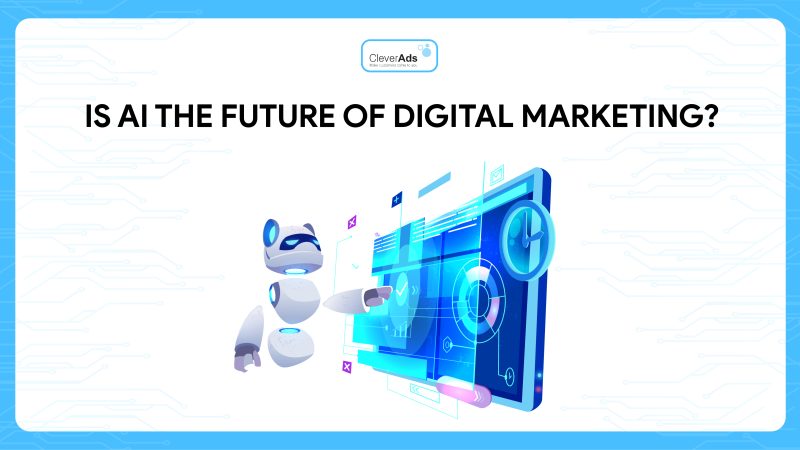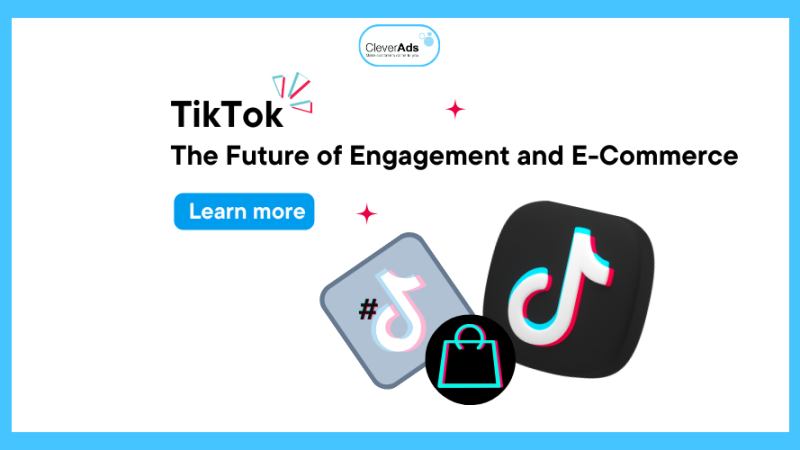TOP 11 FMCG marketing strategies for businesses in 2023
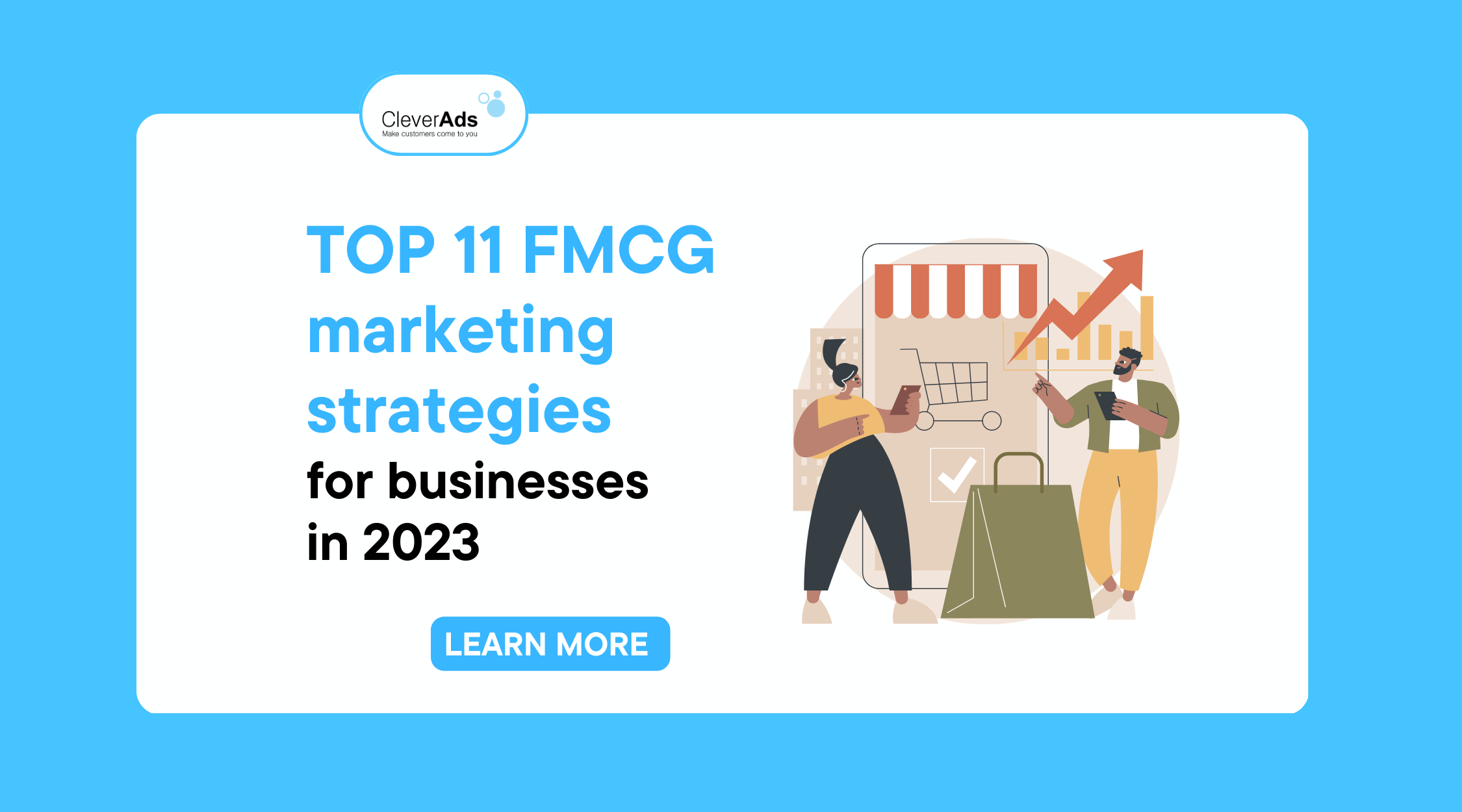
What is the FMCG industry marketing strategy? What benefits does it bring to the business? What are the most effective FMCG marketing strategies in 2023? Let’s find out with CleverAds in this article.
1. What is the FMCG marketing strategy?
1.1. What is FMCG?
FMCG stands for “fast-moving consumer goods”. These are goods purchased frequently, have a short shelf life due to perishability, or are in high demand. These products are usually low-priced and sold in bulk. FMCG can be divided into four main categories: food and beverage, personal care, health care, and home care.
1.2. What is the FMCG marketing strategy?
FMCG marketing strategy is all the specific goals of businesses in the FMCG industry realized by detailed plans, aiming to market products to target customers, which helps increase sales.
2. Benefits of FMCG marketing strategies for businesses
2.1. Differentiate yourself from your competitors
The FMCG sector has many similar products. FMCG marketing strategies will allow brands to differentiate and position themselves in the market. Moreover, this also helps brands build stronger relationships with their target audience.
2.2. Understanding trends and customer insights
FMCG marketing strategies help brands understand how consumers behave, feel, and think about their products. Analytics tools provide FMCG companies with metrics—clicks, conversions, impressions, and more. They help companies better understand their consumers and equip them with information to improve their subsequent campaigns. This allows these FMCG companies to create more effective marketing strategies in the future and increase ROI (Return On Investment).
3. 11 most effective FMCG marketing strategies in 2023
3.1. Create customer-oriented content
With the advent of digital marketing, the marketing strategy of the FMCG industry has changed drastically. Through creating user-centric content, brands can foster consumer engagement and build a strong community.
Combining content with SEO (Search Engine Optimization is also important because it directs consumers to the brand’s website, giving them a better understanding of what they will be offered. You can find your brands when they need to buy a certain product, bringing your products closer to consumers.
For example, Dove’s website applied SEO very effectively when it appeared at the top of the search results page when typing keywords related to this brand.
3.2. Building images on social networking platforms
Social media can help FMCG brands extend their reach to target audiences through advertising campaigns. Each social networking platform meets different needs and appeals to diverse audiences. For example, while Instagram appeals to young people, Facebook is highly effective for marketing to all age groups, and YouTube is an excellent platform for running long-form video content.
3.3. Stand out with video marketing
Video content has emerged as one of the most consumed forms of online content. It is valuable to existing consumers and can help brands reach new audiences. The massive growth of digital platforms like YouTube and TikTok is a testament to this renewed interest in video content.
A successful FMCG marketing strategy should include video marketing to help the brand stand out. One of the most significant advantages of video content is that it allows brands to expand their reach regarding advertising and promotional videos. They can be shared as video ads on YouTube or Facebook, two extremely effective and cost-effective targeting platforms. Video content marketing for FMCG brands is also highly beneficial from an SEO perspective, as they account for over half of Internet traffic.
For example, Maybelline has released a music video to promote its matte and long-lasting product line.
3.4. Attract customers with influencer marketing
Consumers like to believe in people they admire, and that’s precisely what influencer marketing relies on. Through influencer marketing, FMCG brands can increase their brand awareness and reach. This strategy helps to quickly build trust as consumers will gain more trust in the brand when they are introduced to it by their favorite influencer.
(Example: Pepsi has Blackpink as a representative to advertise for this brand)
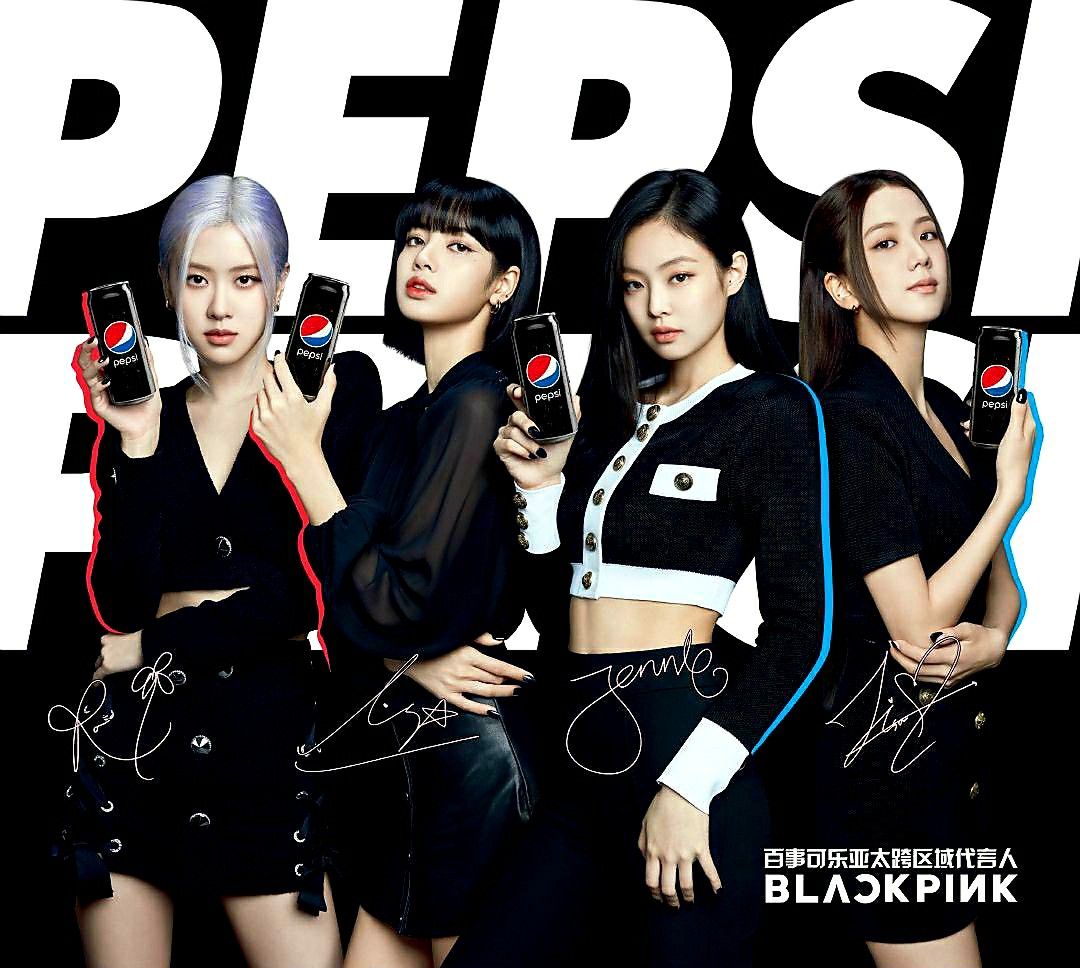
3.5. Business on online shopping platforms
Not many FMCG brands have an e-commerce store on their website. They still need to rely on traditional marketing strategies to increase offline sales instead of directly selling products online. Brands should sell products directly through their e-commerce website, as many consumers prefer online shopping.
How to optimize the online shopping experience for customers
Connect a payment method to a mobile app to allow consumers to access electronic receipts after purchase.
Allowing consumers to create customer profiles allows them and the company to track purchases.
Connect a payment method to an email account, allowing businesses to send follow-up emails directly to customers after purchase.
3.6. Build a strategy for user-generated content
User-generated content allows consumers to talk about the brand instead of just hearing it talk about itself.
This content strategy helps FMCG brands get free word-of-mouth ads from consumers.
Example: Hao Hao encouraged users to join “Dancing with Hao Hao” and successfully turned this campaign into a trend on Tiktok.

3.7. Brand Reputation Management
Many consumers rely on ratings and review online before making a purchase online. Therefore, businesses need to encourage consumers to give feedback to improve the product while creating confidence that the use of the product will bring satisfaction to potential customers. This consumer acquisition process is called online reputation management (ORM).
3.8. Using local languages in FMCG marketing campaigns
FMCG industry marketing strategies should include multilingual advertising campaigns. Customers love to see ads for their favorite brands in their language.
For example, Coca-Cola uses Vietnamese images and messages to promote the Tet campaign.
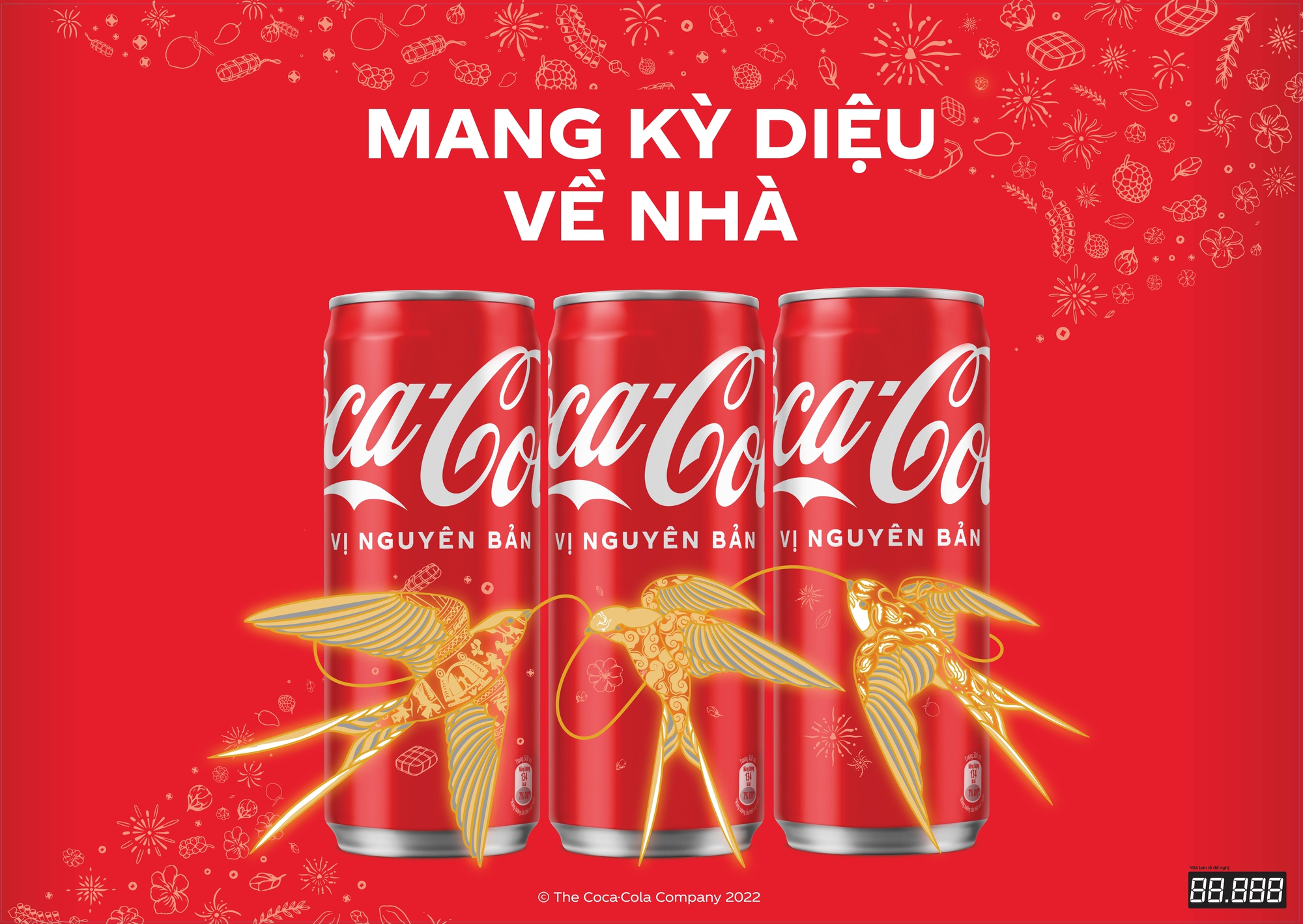
3.9. Use interactive design
Today, user experience (UX) dramatically influences how consumers perceive a brand. FMCG brands should adapt their content marketing strategies to capture attention and convert visitors into customers.
For example, FMCG brands can use vivid 3D visual effects that give users a three-dimensional image to visualize the product.

3.10. Design smooth customer journeys both online and offline
The customer journey is defined by the steps a customer takes to guide them through completing an online purchase.
Tips to optimize the customer journey to shop
- Ensure that consumers are being cared for and issues are being properly addressed.
- Create an easy-to-follow in-store layout.
- Create a convenient online user experience.
- Ensure a balance between freedom of purchase and employee assistance. Allows consumers to shop without interruption while being available to assist when needed.
- Create multiple consumer touchpoints to build customer relationships (e.g., greetings at the store entrance, shopping assistance, or post-purchase follow-up emails).
For example, the Guardian Vietnam chain stores offline and mobile apps.
3.11. Prioritize convenience for customers
An FMCG marketing strategy that emphasizes convenience is essential to survival in a market built to satisfy consumers anywhere. Making products available to consumers readily and quickly is a worthwhile investment and an effective way to keep them loyal customers in the future.
Tips to provide convenience to consumers
- Provide a delivery service.
- Allows consumers to shop online and pick up in-store.
- Keep your mobile data up-to-date to ensure consumers instantly find products when needed.
- Create an online or in-store shopping journey that meets consumer needs (e.g., put convenience items like gum in the front of the store).
Conclusion on FMCG marketing
In this article, CleverAds has helped you learn about FMCG marketing strategies, their benefits, and some examples of today’s most prominent strategy. FMCG is a highly competitive industry, so with the above useful information, CleverAds hopes it has helped you gain more knowledge about FMCG marketing to continue to develop your business with this industry in the future.
If your business requires Digital Marketing solutions, contact us at Cleverads for the fastest support.

